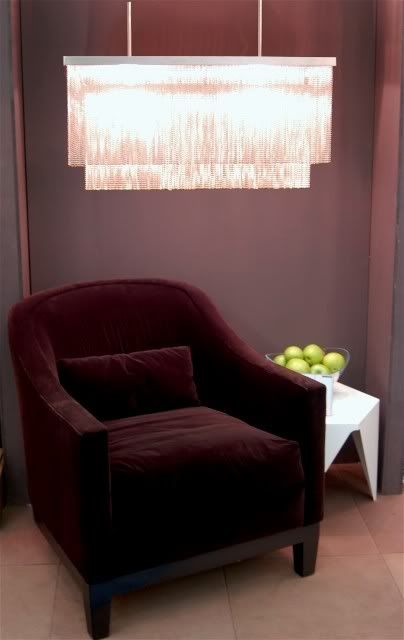I am looking for suggestions on how to create the chandelier in the attached image. My chandelier will be 2' X 15' in size. It's consist of small metallic beads that form a strand and hang from the fixture. The only way I can think of constructing this fixture is to create a sphere, create strands from that sphere and then copy the strands all the way around the fixture. The problem is that I will have 10 thousand spheres per fixture and I will have 12 fixtures in my image. I need some help and hopefully someone on here can help me out. Thanks.



Comment